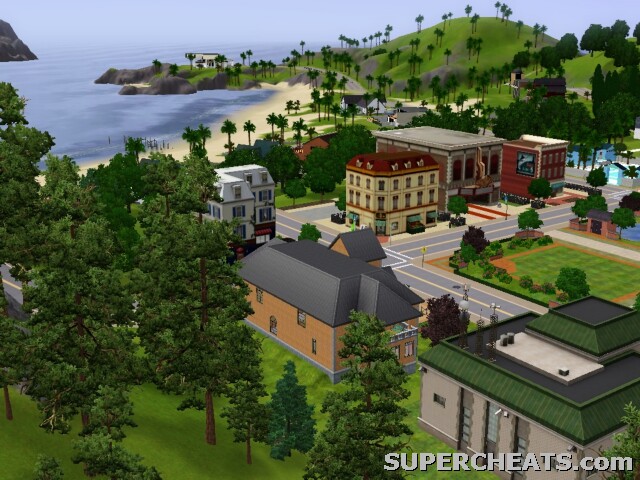

The gameplay is open-ended and does not have a defined goal. A sequel, The Sims 4, was released in September 2014 for PC and in November 2017 for consoles to mixed reviews, largely due to the removal of the open world and Create-a-Style tool and lack of content.Īs in previous games of the franchise, in The Sims 3 players control their own Sims' activities and relationships. The Sims 3 has additionally received eleven expansion packs and ten stuff packs. The game has sold over ten million copies worldwide since its 2009 release, making it one of the best-selling PC games of all time. It received mostly positive reviews from critics, with an 86/100 score from aggregator Metacritic indicating "generally favorable" reviews. The Sims 3 was a commercial success, selling 1.4 million copies in its first week. A new design tool is introduced, the Create-a-Style tool, which allows every object, clothing and hair to be redesigned in any color, material or design pattern. The Sims 3 expands on previous games in having an open world system, where neighbourhoods are completely open for the sims to move around without any loading screens. The game follows the same premises as its predecessors The Sims and The Sims 2 and is based around a life simulation where the player controls the actions and fates of its characters, the Sims, as well as their houses and neighbourhoods. A Nintendo 3DS version, released on March 27, 2011, was one of the platform's launch titles. The Windows Phone version was released on October 15, 2010.

Console versions were released for PlayStation 3, Xbox 360, and Nintendo DS in October 2010 and a month later for Wii. It was released on June 2, 2009, for macOS, Microsoft Windows and smartphone versions. Part of The Sims series, it is the sequel to The Sims 2. The Sims 3 is a 2009 life simulation video game developed by the Redwood Shores studio of Maxis and published by Electronic Arts.


 0 kommentar(er)
0 kommentar(er)
